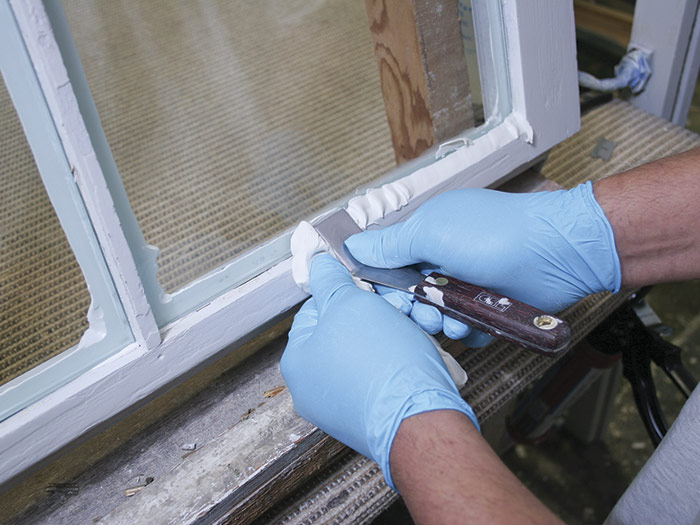10 Things We Hate About Door Glazing
Door Glazing: Enhancing Aesthetics, Efficiency, and Security
The architectural function of glazing has actually transformed lots of elements of contemporary home and commercial building design. Amongst its flexible applications, door glazing sticks out as not only an attractive style component but likewise a practical upgrade that boosts energy effectiveness and security. This post explores the different types of door glazing, the advantages it offers, and key factors to consider for house owners and contractors.
What is Door Glazing?
Door glazing describes the installation of glass panels in doors, permitting light transmission while keeping structural stability. It can be applied to various kinds of doors, including entrance doors, outdoor patio doors, and internal room dividers. The option of glazing can considerably modify the door's visual appeal and can serve numerous purposes, including exposure and personal privacy.
Kinds Of Door Glazing
The following table illustrates the typical kinds of glazing utilized in doors in addition to their homes and typical applications:
Type of Glazing
Description
Benefits
Normal Applications
Single Glazing
A single layer of glass.
Lightweight, affordable for areas with low energy performance requirements.
Interior doors, low-traffic locations.
Double Glazing
Two panes of glass separated by a space filled with air or gas.
Boosted thermal insulation, minimized noise.
Outside doors, homes in chillier environments.
Triple Glazing
Three panes of glass offering superior insulation.
Optimum thermal effectiveness, high noise reduction.
Extremely cold or loud locations.
Laminated Glass
Two or more layers of glass bonded with a plastic interlayer.
Increased strength, security, and UV filtering.
Entry doors, areas prone to impact, homes with children.
Tempered Glass
Glass that has actually been warmed and cooled to increase strength.
Security, shatter resistance.
Exterior doors, sliding outdoor patio doors.
Low-E Glass
Glass with a coating that reflects infrared light while permitting visible light to pass.
Energy efficiency, lowers heat in summer season.
All types of glazed doors in energy-efficient homes.
Advantages of Door Glazing
1. Aesthetic Appeal
Among the most obvious advantages of door glazing is its contribution to the aesthetic appeals of a building. Glazed doors enable natural light to stream into an area, making interiors feel larger and more inviting. This function can enhance the total style, allowing house owners to create a more visually attractive entryway.
2. Natural Light
Doors with glazing enable adequate natural light, decreasing the need for artificial lighting throughout the day. This not just produces a brighter environment but likewise promotes a connection with the outdoors, which can favorably impact state of mind and well-being.
3. Energy Efficiency
Modern door glazing solutions typically include insulating properties that can significantly lower heat loss or gain. High-efficiency glazing choices lessen energy intake, permitting for lower cooling and heating costs. This is especially essential in areas with extreme climatic conditions.
4. Security
While the prospect of glazing may raise issues concerning security, developments in glass technology have actually reduced these risks. Laminated and tempered glass choices provide improved security, making it difficult to break the glass without substantial effort. In addition, multi-point locking systems can further protect glazed doors.
5. Sound Insulation
Glazed doors supply a measure of sound insulation, making them an outstanding choice for urban environments or busy homes. Double or triple glazing can significantly reduce noise transfer, creating quieter and more serene spaces inside your home.
6. Flexibility in Design
Door glazing is extremely personalized. just click the following web page can pick from a wide variety of designs, including frosted, tinted, or clear glass, to suit their specific aesthetic choices and practical requirements. These options make it possible for homeowners to attain a special design that complements their home's architecture.
Key Considerations for Door Glazing
When selecting glazing for doors, house owners ought to think about the list below elements:
- Climate: Assess the local environment to pick suitable glazing that manages insulation while keeping convenience in different seasons.
- Security: Opt for laminated or tempered glass in high-impact locations or where safety is a concern, especially in homes with children or animals.
- Energy Efficiency Ratings: Look for glazing options with high rankings to ensure maximum energy performance.
- Expense: Budget will play a crucial role in the option of glazing. While high-efficiency choices may have a higher upfront expense, they can result in significant cost savings in time.
- Upkeep: Consider the long-term upkeep requirements of the chosen glazing. Some options, such as low-E glass, might require particular cleaning products.
Often Asked Questions (FAQs)
Q1: What is the distinction between single, double, and triple glazing?
A: Single glazing utilizes one pane of glass, while double and triple glazing use 2 and three panes, respectively. The latter alternatives offer improved thermal insulation and soundproofing.
Q2: Is door glazing energy-efficient?
A: Yes, modern-day door glazing can significantly improve energy efficiency, particularly when utilizing double or triple glazing and low-E finishings.
Q3: How do I maintain glazed doors?
A: Regular cleansing with proper non-abrasive cleaners and examining seals for leakages or moisture are important steps for upkeep.
Q4: Are glazed doors safe?
A: Glazed doors can be safe when utilizing tempered or laminated glass. These kinds of glass resist shattering and offer added security.
Q5: Can I set up double-glazed doors in an existing frame?
A: Yes, double-glazed doors can often be retrofitted into existing frames, however it's best to seek advice from a professional for compatibility and installation.
Door glazing is a powerful tool in modern architecture and interior decoration, marrying aesthetics with functionality. Property owners and contractors can leverage the benefits of glazing by choosing the proper type that fulfills their needs and preferences. Whether it is to increase natural light, enhance security, or enhance energy performance, door glazing stays a compelling choice for modern living. By understanding the choices readily available and making informed choices, people can develop areas that are not only aesthetically stunning however likewise comfortable and effective.
